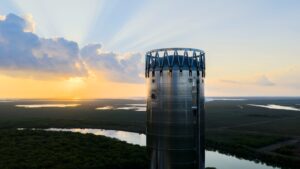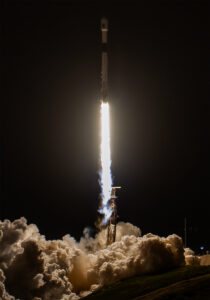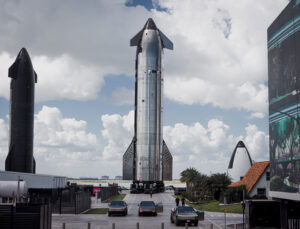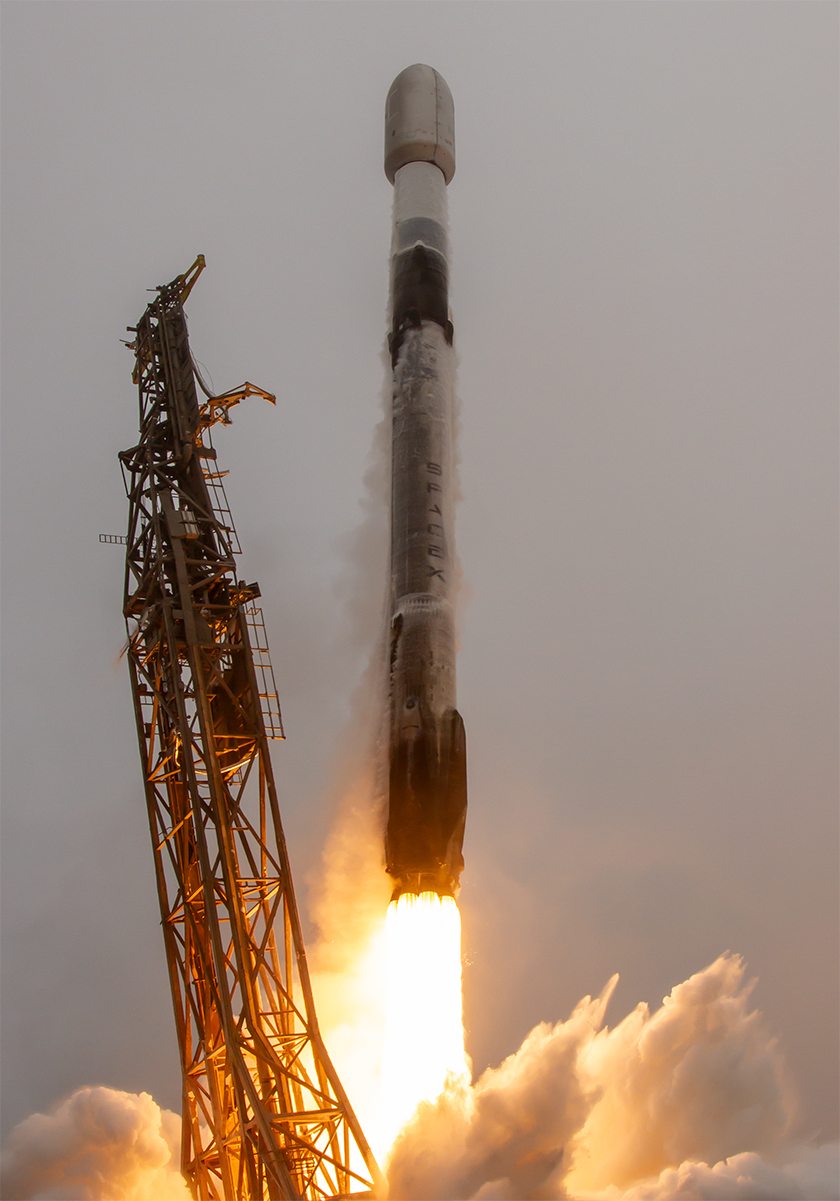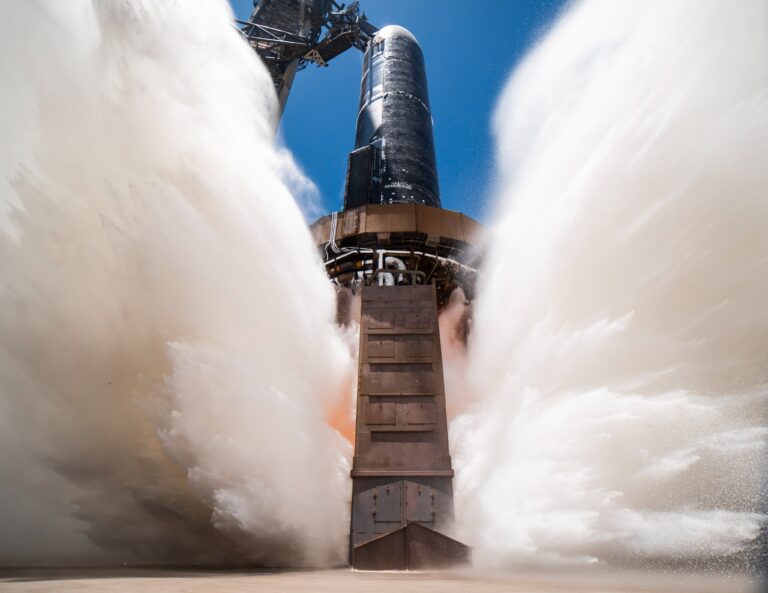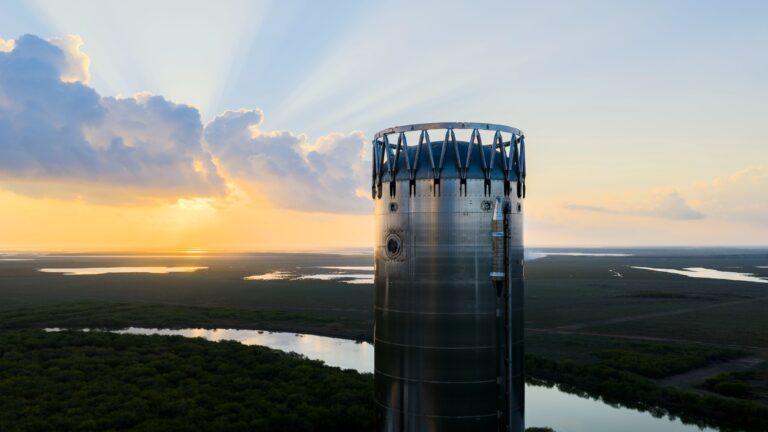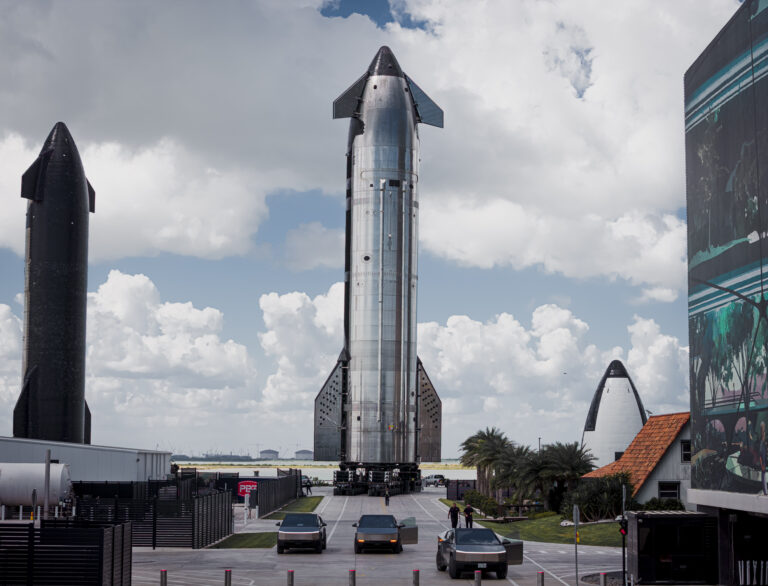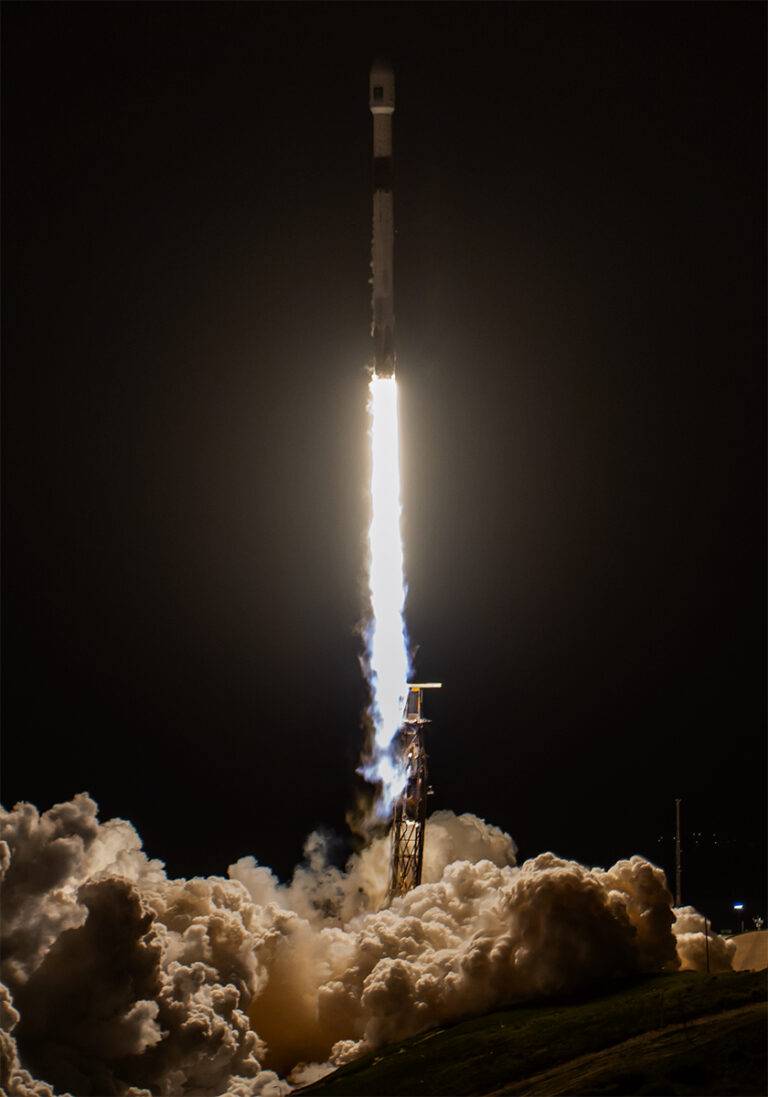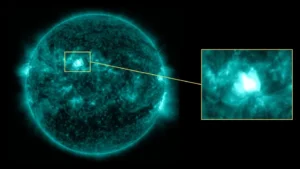Vandenberg Space Force Base, California – June 24, 2025
In a poignant blend of cutting-edge technology and human tribute, SpaceX successfully launched its Transporter-14 rideshare mission on Monday, June 23, 2025, from Vandenberg Space Force Base in California. The Falcon 9 rocket carried 70 diverse payloads into low Earth orbit, including two reentry capsules, Earth-observing satellites, and a unique memorial payload of over 150 capsules containing cremated human remains and DNA samples. The launch, which took place at 5:25 p.m. EDT (2125 GMT), marked the 14th mission in SpaceX’s dedicated smallsat rideshare program, showcasing the company’s ability to democratize access to space for a wide range of clients.
A Celestial Farewell: Celestis’ Perseverance Flight
Among the most emotionally significant payloads was the “Perseverance Flight,” a memorial mission organized by Houston-based Celestis in collaboration with The Exploration Company (TEC), a Germany-based spacecraft developer. The mission carried more than 150 capsules containing cremated remains and DNA samples from individuals worldwide, including notable figures and everyday people seeking a cosmic legacy. Housed within TEC’s “Mission Possible” reentry capsule, these capsules orbited Earth two to three times before the capsule was intended to reenter the atmosphere and splash down in the Pacific Ocean for recovery. The retrieved capsules will be returned to families as cherished keepsakes, offering a tangible connection to their loved ones’ journey among the stars.
Celestis, a pioneer in space burial services since 1994, has previously sent the remains of “Star Trek” legends like Gene Roddenberry and Nichelle Nichols, as well as symbolic DNA from historical figures such as George Washington, into space. This mission included the DNA of three-year-old Matteo Barth, the youngest European to have his genetic material sent to orbit, honoring his late grandfather, Dieter Barth. “Celestis is pleased to offer a new type of Earth Rise mission,” said CEO Charles Chafer. “Our participants’ capsules will orbit the Earth and return via the Mission Possible capsule, creating a spectacular liftoff and recovery experience.”
However, an upper stage failure on the Falcon 9 prevented the Mission Possible capsule from performing its planned reentry demonstration, raising questions about the recovery of the memorial capsules. TEC, which developed the 1.6-ton capsule over three years at a cost of approximately €35 million (~$40 million), expressed disappointment but emphasized the mission’s role as a critical test for its future Nyx Earth cargo vehicle and planned crewed and lunar variants.
You may like
Deconstructing Costs: Falcon 9 Launch Breakdown 🚀
Reentry Capsules: Pushing the Boundaries of Space Manufacturing
In addition to TEC’s Mission Possible capsule, Transporter-14 carried Varda Space Industries’ W-4 reentry capsule, marking the company’s fourth mission and its first under a new FAA Part 450 vehicle operator license. The W-4 capsule, entirely designed and operated by Varda, carried a pharmaceutical payload to conduct solution-based crystallization experiments in microgravity. This mission represents a step toward Varda’s goal of manufacturing pharmaceuticals and other materials in space for return to Earth, leveraging the unique conditions of orbit. The capsule’s successful deployment underscores the growing commercial interest in space-based production.
The presence of two reentry capsules highlights the increasing sophistication of SpaceX’s rideshare missions, which enable companies to test advanced technologies at a fraction of the cost of dedicated launches. Exolaunch, a Berlin-based launch services provider, also contributed to the mission, deploying payloads for its customers and reinforcing the collaborative nature of the rideshare model.
A Diverse Payload: Satellites for Science and Security
Beyond the reentry capsules and memorial payload, Transporter-14 delivered a variety of small satellites to orbit, including cubesats and microsats for Earth observation, scientific research, and defense applications. Notable payloads included Capella Space’s Capella-17 synthetic aperture radar satellite for high-resolution imaging and Starfish Space’s Otter Pup 2, which aims to demonstrate the first commercial docking in low Earth orbit later this year. ICEYE, a leader in synthetic aperture radar, deployed six new satellites, bringing its constellation to 54 and enhancing global intelligence, surveillance, and reconnaissance capabilities.
The NASA PolArization and Directivity X-ray Experiment (PADRE) was also aboard, showcasing the mission’s support for scientific endeavors. The diversity of payloads underscores SpaceX’s rideshare program as “industry-enabling,” according to Exolaunch CEO Robert Sproles, who praised its ability to streamline mission management and provide cost-effective access to space.
A Milestone for SpaceX’s Rideshare Program
The Transporter-14 mission, delayed by a day due to unfavorable weather, followed a southward trajectory to place its payloads into Sun-synchronous orbit. The Falcon 9’s first stage, B1071, landed successfully on the droneship “Of Course I Still Love You” in the Pacific Ocean, marking another milestone in SpaceX’s reusable rocket program. The launch was the fourth rideshare mission of 2025 for SpaceX, which continues to lead the commercial space industry with its efficient and affordable launch services.
SpaceX’s rideshare model has revolutionized the space industry by allowing companies, institutions, and individuals to share launch costs, making space more accessible than ever. As one X user noted, “Today’s SpaceX launch isn’t just tech, it’s TRIBUTE!” reflecting the mission’s unique blend of innovation and emotional significance.
Looking Ahead
While the upper stage failure cast a shadow over TEC’s reentry demonstration, the Transporter-14 mission demonstrated the power of collaboration between private companies like SpaceX, Celestis, TEC, Varda, and Exolaunch. As space becomes a platform for both scientific advancement and personal memorials, missions like Transporter-14 are redefining humanity’s relationship with the cosmos.
For families awaiting the return of their loved ones’ memorial capsules, the mission remains a symbol of perseverance, even if the recovery outcome is uncertain. Meanwhile, Varda’s successful W-4 deployment and the deployment of dozens of satellites signal a bright future for commercial spaceflight. As SpaceX continues to push the boundaries of what’s possible, the Transporter series remains a testament to the company’s vision of making space a shared frontier for all.
Sources: Space.com, Spaceflight Now, NASASpaceFlight.com, PRNewswire, UPI, India Today

